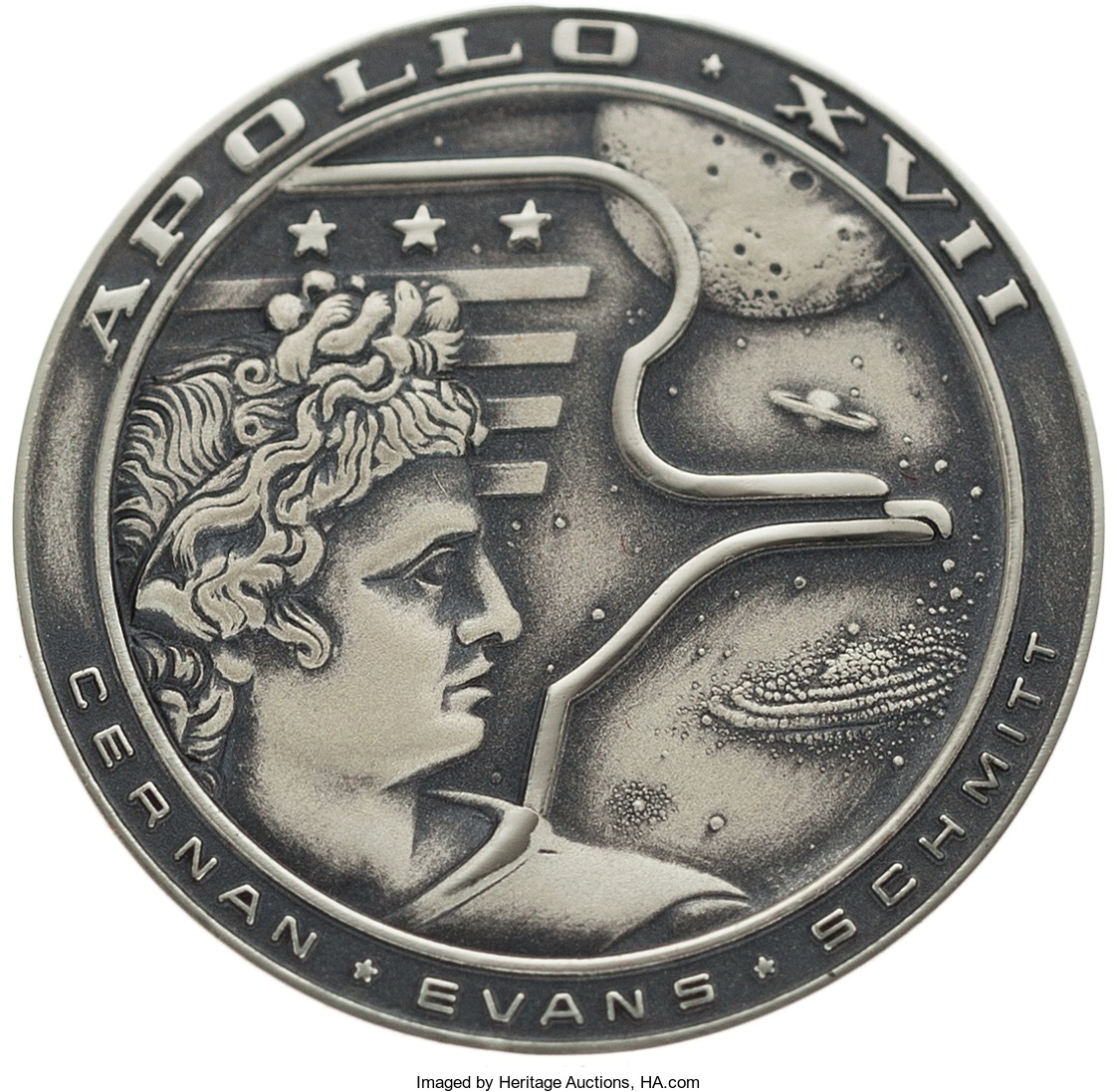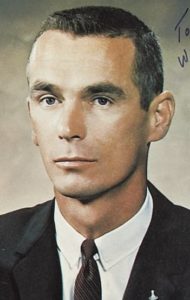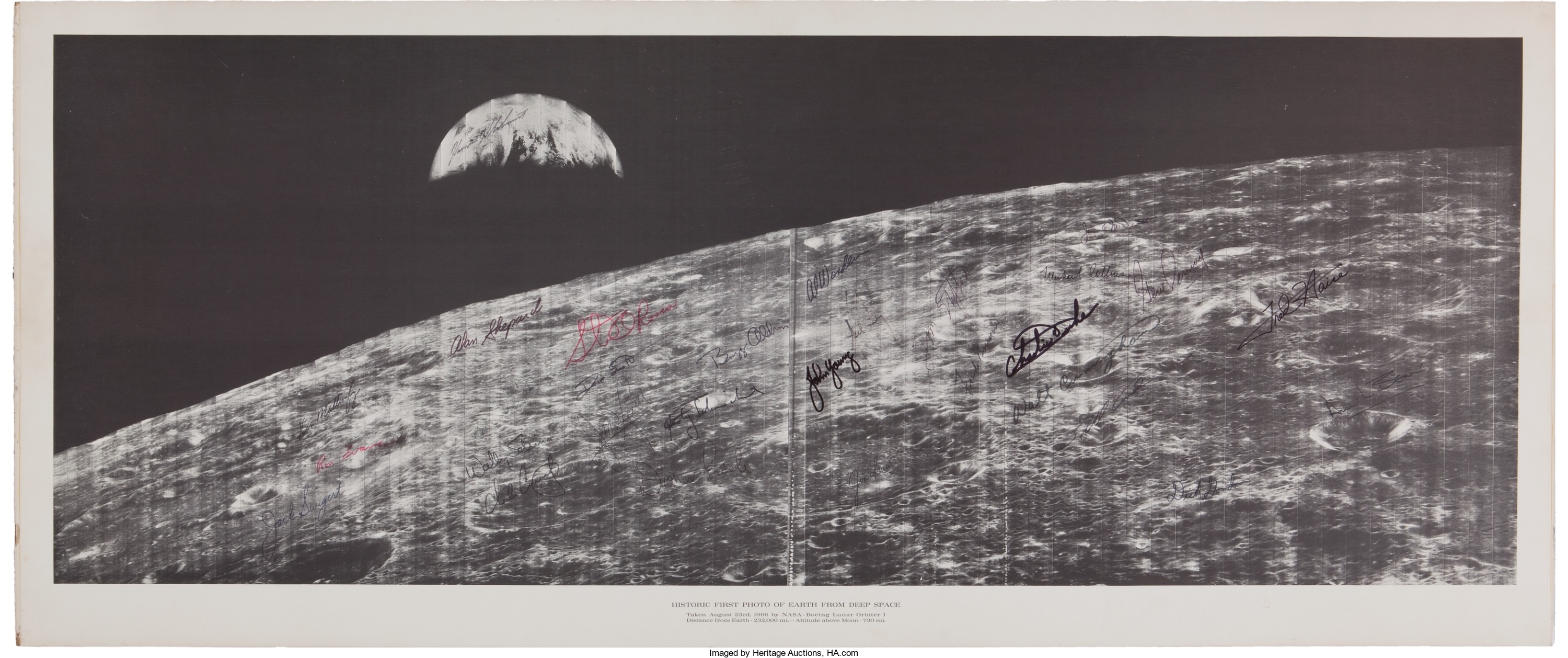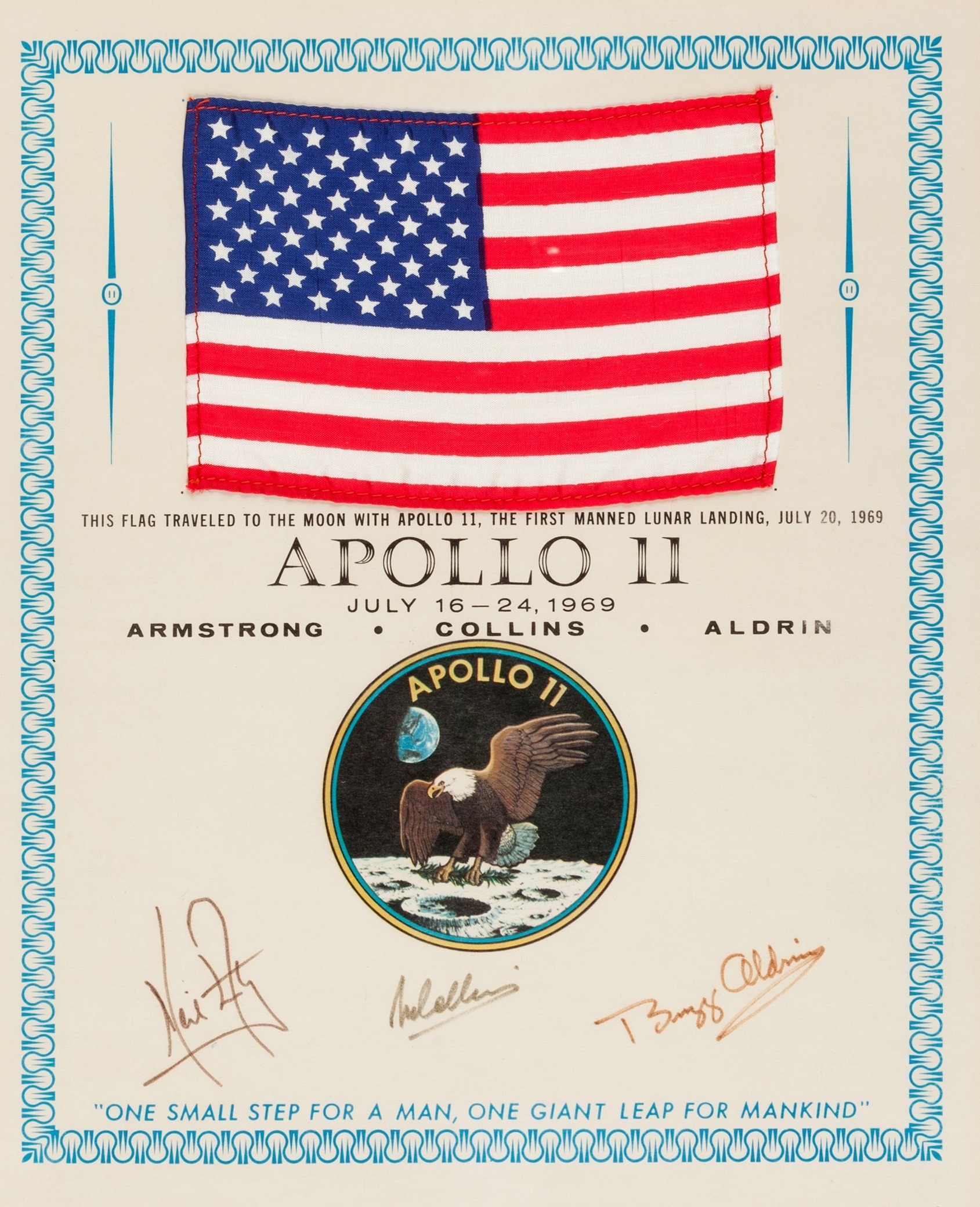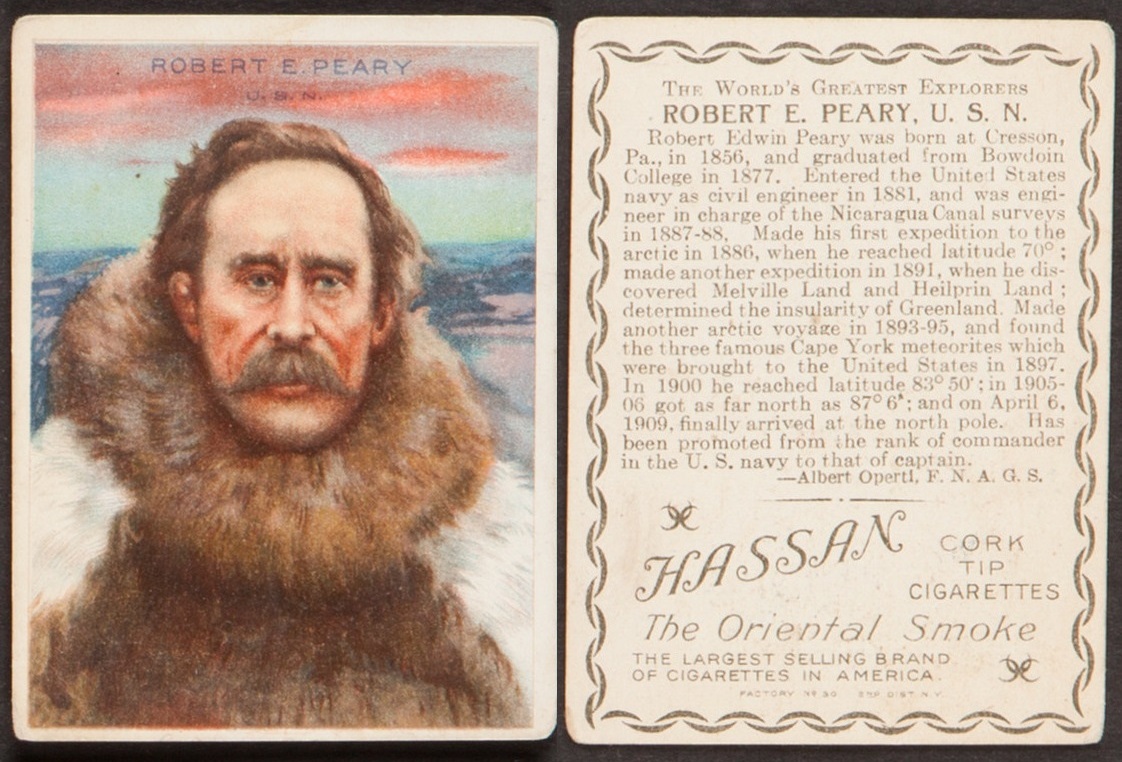
By Jim O’Neal
In September 1909, two men, both Americans, emerged from the frozen tundra of the Arctic, each claiming they had accomplished something no other explorers had in recorded history. They had reached the North Pole!
The North Pole is a rather strange place. A point with no dimensions, no thickness or breadth, where every direction is south and a year is divided into one day and one night. At the time, it was 400 miles from any solid ground, across an ocean more than 5 miles deep, covered by a jumble of enormous blocks of ice drifting with the wind and the gravitational pull of the moon.
Of the two men, Frederick Cook’s claim had priority – he said he had been at the Pole in April 1908, but had been forced to winter in the Arctic another season because of bad weather. However, his veracity was strongly contested by rival explorer Robert E. Peary. Peary disputed Cook’s claim and proceeded to assert that he’d reached the North Pole on April 6, 1909. His message to The New York Times stated, “I have the pole, April sixth. Expect arrive Chateau Bay, September seventh. Secure control wire for me there and arrange expedite transmission big story. PEARY”
Thus began a series of insults and verbal attacks that the newspapers reveled in. A classic example comes from The Philadelphia Record in 1909: “Dr. Cook is either the greatest and at the same time the stupidest charlatan who ever attempted to impose upon a skeptical world, or he is the victim of the most malignant and devilishly ingenious persecution that hatred and envy could devise.”
The controversy widened after Cook’s ascent of Mount McKinley (Denali) was also questioned. Perhaps inevitably, it devolved into a litany of charges that included bribes, death threats and even sexual improprieties. Cook’s claims gradually came to be regarded as elaborate hoaxes. Attempts to ascertain the truth through impartial commissions and Congressional hearings all ended inconclusively.
However, what was proved (without any doubt) was that Frederick Cook – physician, explorer, author and lecturer – was also a crook who sold fraudulent stock in oil companies. A Fort Worth, Texas, judge sent him to jail for almost 15 years. President Franklin Roosevelt pardoned him in 1940, 10 years after he had been released from prison. He died shortly after that on Aug. 5 the same year.
Meanwhile, despite having been certified by the National Geographic Society, Peary’s claim about the North Pole was never secured. Even modern scholars have pointed out major discrepancies in his assertions and it seems unlikely he actually made it. He died embittered and exhausted by the long struggle despite receiving numerous medals, honorary degrees and international recognition.
Today, the only fact we know for certain is that in 1985, Sir Edmund Hillary (first to summit Mount Everest) and astronaut Neil Armstrong (first man to stand on the moon) actually landed at the North Pole in a small twin-engine plane. This allowed Sir Hillary to claim to be the first to stand on both the South and North Poles and on the summit of Everest.
It’s not clear to me why some ambitious reporter like Anderson Cooper didn’t simply ask some of the local residents about Cook and Peary … Santa and his elves are generally hanging around assembling the toys and stuff. That old North Pole is still a very strange place.
 Intelligent Collector blogger JIM O’NEAL is an avid collector and history buff. He is president and CEO of Frito-Lay International [retired] and earlier served as chair and CEO of PepsiCo Restaurants International [KFC Pizza Hut and Taco Bell].
Intelligent Collector blogger JIM O’NEAL is an avid collector and history buff. He is president and CEO of Frito-Lay International [retired] and earlier served as chair and CEO of PepsiCo Restaurants International [KFC Pizza Hut and Taco Bell].

